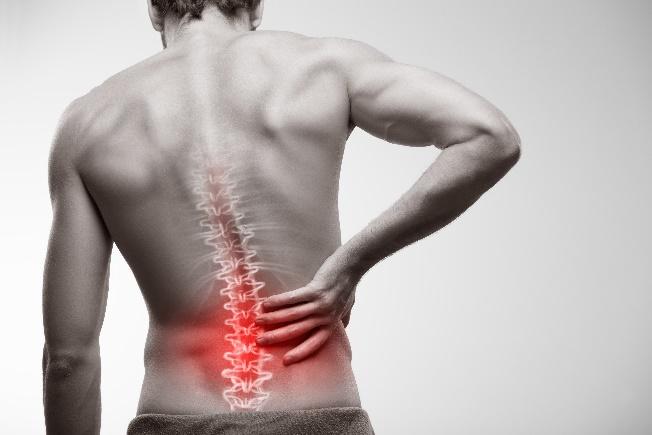
Almost all railroad jobs require workers to bend, twist, push, pull, climb, and regularly lift heavy loads. It is tough physical labor that puts tremendous strain on the back. Not surprisingly, many railroad workers will suffer a back injury at some point in their careers. Often these injuries are chalked up as minor aches and pains, but they typically get worse over time which can lead to significant pain and suffering, lost wages, and large medical bills. While compensation for railroad back injuries is available under the Federal Employers’ Liability Act (FELA), there is a three-year statute of limitations to bring a claim. This means if you do not seek a back injury settlement soon after the injury occurs, you may be prevented from pursuing one later on. At Doran & Murphy, we have helped railroad workers obtain significant settlements who suffer back injuries on the job.
Types of Railroad Back Injuries
The spine is comprised of 33 individual bones stacked one on top of the other and categorized into 3 distinct parts. The neck is referred to as the cervical spine and is comprised of levels C1-C7. The upper to mid-back is referred to as the thoracic spine, making up levels T1-T12. And the lower back is made up of the lumbar spine (levels L1-L5) and sacrum (level S1). Railroad work can lead to a variety of injuries to all three parts of the back. The most common railroad back injuries include:
- sprains and strains — when you overstretch a muscle or tear a ligament in your back
- herniated disc — when a spinal disc bulges out of shape and irritates a nerve
- fractured vertebra — a break in any of the bones in your back
- spinal stenosis — the narrowing of the space where your spinal cord sits or of the small spaces where your nerves leave your spine
- spondylolisthesis — one of your vertebrae puts pressure on the vertebra below, crushing the nerve between the 2 vertebrae
What are the symptoms of a railroad back injury?
Back injuries have a wide range of symptoms depending on the cause and location of the injury. The most common symptoms include:
- pain or tenderness (sore to touch)
- pain that gets worse when you move, cough, sneeze, or laugh
- difficulty bending, walking, or standing up straight
- muscle spasms
- bruising and swelling
- pain that radiates down your arms or legs (neuropathy)
In rare cases, a back injury can cause bowel or bladder problems or be accompanied by a fever. This can signal a very serious medical problem and requires immediate medical attention.
What if I suffered a railroad back injury?
Some back injuries may improve over time if they are allowed to heal properly. Other back injuries will continue to get worse with continued repetitive strain. Unfortunately for railroad workers, the latter is more common due to the nature of the work. Railroad workers are rarely afforded “light duty” work when dealing with a back injury, which can lead to additional damage. Reporting your back injury and seeking medical treatment early on is imperative. It is also important to document what may have caused or contributed to the injury. A large percentage of back injuries suffered by railroad workers can be attributed to defective equipment, unsuitable tools and equipment, unsafe work practices, and/or insufficiently enforced safety rules. Your actions immediately following a workplace injury can greatly affect the value of your back injury settlement.
If you have suffered a back injury while working for the railroad, you may be entitled to a back injury settlement through the Federal Employers’ Liability Act (FELA). The FELA attorneys at Doran & Murphy have helped countless railroad workers obtain a settlement following a back injury. Contact us today to find out what back injury compensation you may be entitled to.





